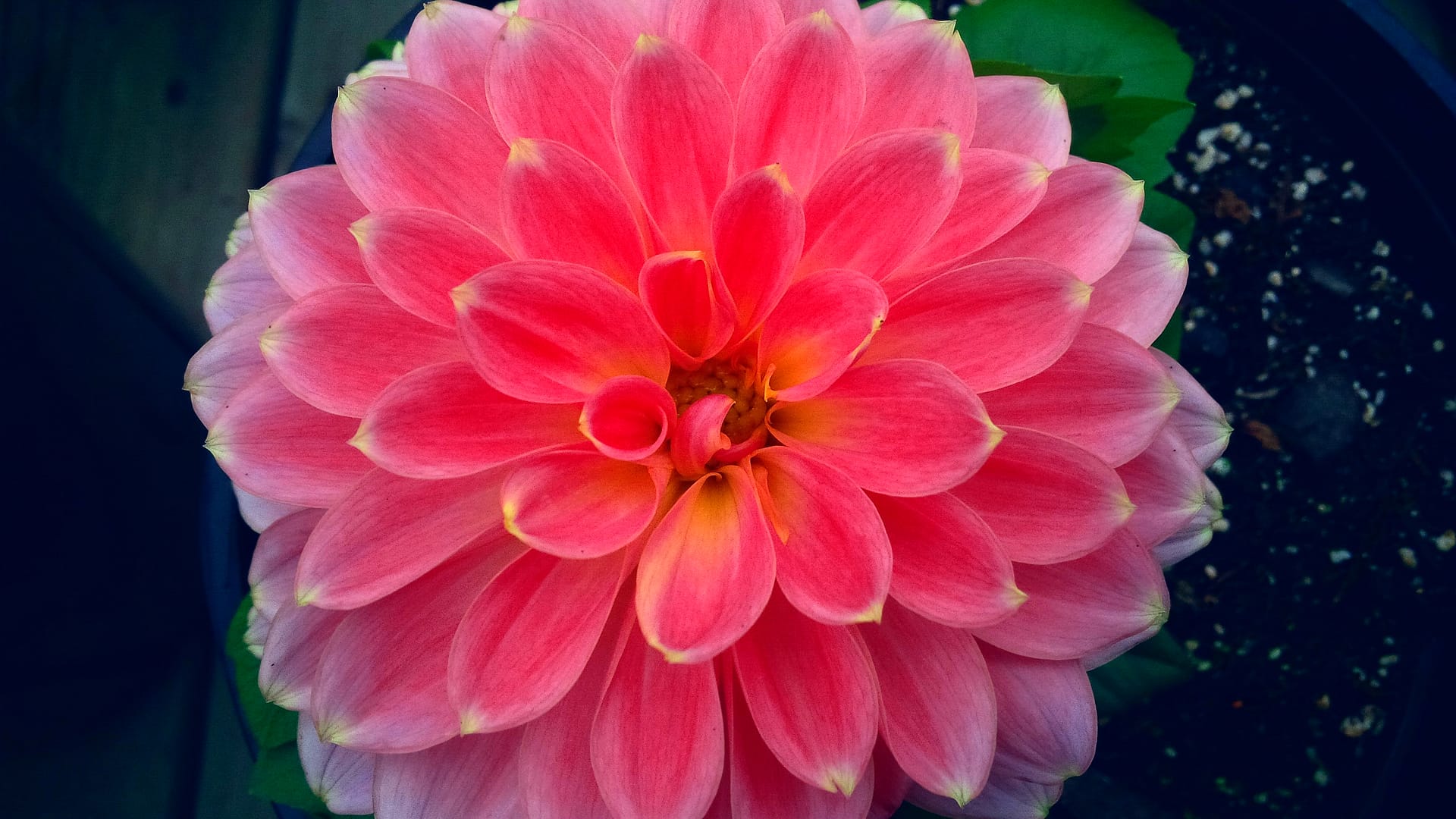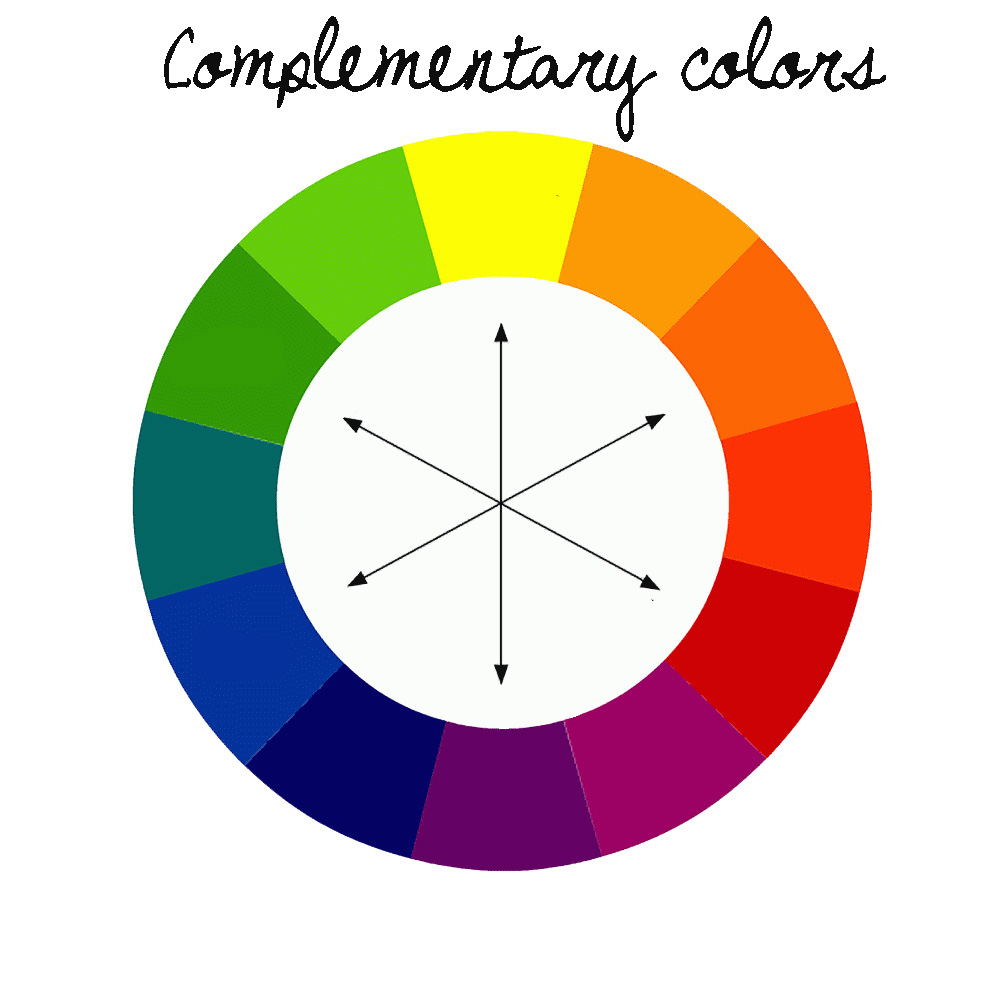
Along with learning the names of annuals very quickly (the greenhouse I worked at specializes in annuals), I remember studying the mixed baskets that hung from the rafters, and the mixed pots that adorned each corner. You see, prior to working in the greenhouse, I was accustomed to seeing the traditional geranium pots with a spike plant coming out of the top. My parents had them at one time, my grandparents had them, and so did many other people around the neighborhood I lived in. Now, don’t get me wrong, geranium pots are beautiful! They add a pop of color to any sunny space they are put in, and those geranium flower heads are huge! But, as I studied the mixed pots in the greenhouses, I was captivated.
Color combinations, textures, flower shape, and plant-height kept me studying, kept me interested, and ultimately inspired me. Today, one of my favorite jobs as a gardener is designing and planting mixed flower pots. I put together nine simple tips to utilize when designing a mixed flower pot. You can do it! Here they are:
- Light – Before picking out plants for your pot, make sure you know the amount of light your plants will be getting. This will tell you whether or not you need shade, part-shade/sun, or sun-tolerant plants. The mixed pot below was designed for shade as the flowers received only an hour or so of sunlight per day.
This shade pot is made up of browalia (purple flower), coleus (large, colorful leaves), begonia (bright orange flower), and lamium (silver foliage that is actually a perennial). - Harmony and Contrast – Harmony is the likeness between plants; whereas contrast is the difference between plants. Characteristics include plant shape, height, texture, and color. In planting, harmony and contrast really do complement each other. For example, a harmony in flower color is more interesting if it links to contrasting texture. A deep red geranium flower will bring out the red color in coleus leaves, but the flower and leaf texture are completely different. Or, pairing the dainty Diamond Frost flower with a large, bold dahlia flower brings interest and sweetness to a pot.
- Balance – Bilateral symmetry in planting is where the arrangement of planting in one area is mirrored in another area creating balance. This does not necessarily mean that the exact plants must be planted on each side of a planter (although this will work), you can also achieve balance by using similar colors, similar textures, or similar heights on each side. Symmetry does not have to be side-to-side, it can also be achieved with height too. For instance, the tall, large dahlia flower will most-likely be the highest flower in the pot, and a balance of color can be achieved by placing red calibrachoa at the foot of the dahlia. This would be a high-low symmetry.
- Height – Choose plants that will give you interest at different heights. Using plants of all different heights (trailing, medium-sized, and tall) will provide interest at many different levels and give your planting depth. One of my favorite hacks when planting mixed pots is to use tropical plants. I have used jasmine plants in my mixed pots for many years now. I love the height of the jasmine plant, the dainty white flowers, and the beautiful, sweet aroma of the jasmine flower. Jasmine can also be over-wintered in the basement so I use it year after year. Saving money is always nice!
This pot is made up of Jasmine (large plant with dainty white flowers, dahlia (coral-colored large flower in center), calibrachoa (little pink flower with yellow stripes), petunia (purple and white flower), and coleus (red foliage and green and yellow foliage plants). - Depth and Viewing Angles – Think about where your pot will be placed. If it will be on the porch up against the house, you may want to put the taller plants at the back of the pot. This will give you the entire front of the pot to fill in with medium and low plants providing a lot of depth and interest to the pot. However, if the pot is situated in the middle of a garden and can be seen from all angles, you probably want to put your taller plants in the middle and plant all the way around the taller plants for interest at every angle.
Placing a large plant at the back of a pot will allow the designer to add more plants in front of the larger plant creating depth and interest. - Color – Choosing colors for a mixed pot can be the most enjoyable and daunting task all at the same time. Color combinations, house color, pot surroundings, and color preferences should all be considered when designing a pot. For instance, one of my favorite color combinations is coral and purple. However, no matter how nice the combination looked when I put the flowers together at the greenhouse, the coral would be lost against the orange bricks on my house. Also, when deciding on colors, keep the color wheel in mind. Complementary colors work very nice together in pots. Violet or blue flowers look beautiful with yellow flowers, and red flowers look great against green foliage.
Complementary colors are opposite each other on the color wheel. Image credit: https://oss.adm.ntu.edu.sg/yseng001/tag/colour-wheel/ - Arrange Before Planting – Fill the pot 2/3 of the way full with soil. Arrange the plants in their own pots before doing the final planting. This way you can see how the pot will look before planting to make sure the plant mixture looks right (you can also arrange plants on the cart in the greenhouse before buying to make sure you are buying the right flowers).
- Fill the pot! – One of the best things about container planting is that you can fill up the pot for instant fullness and beauty. Don’t plant a few small plants knowing that they will grow larger over the summer. Fill the pot with interest and color right away. If by chance a plant grows a little too large over the summer, trim it back! Sweet potato vine, for example, is a wonderful plant, but it will often overtake a pot if it is not kept in check by periodic pruning. I plant most of my pots with annuals that come in 4″ pots, and once they are all placed in the pot, I enjoy using smaller plants that come in four or six-packs to fill in any empty spaces. I love coleus for this. My favorite is the Wizard Mix because it can be used in full shade to full sun, and this coleus mix comes in a variety of colors. So, if you need to lighten up a pot, use a chartreuse color, or if you need to darken an area, I love the deep red coleus for a dramatic contrast in foliage color.
- Enjoy! – Once you have your mixed pot planted, take the time to enjoy it throughout the season. Notice the different color combinations, textures of the leaves, flower shapes, growing habit of the plants, and be sure to stop and smell the flowers. Next year, try something a little different. Container gardening is a beautiful art form that can ebb and flow with your own personal tastes. I find that my mixed flower pot tastes change from year-to-year, and that makes each growing season so much more fun and interesting. Happy planting!









Beautiful pots and great information!!!! I do get joy from my flowers!
Thank you, Sheila! So happy you enjoyed the article. Your flowers have always been beautiful!!!
I love gardening well when I say that I mean creating them. At the moment I weed and admire other peoples gardens.

I forgot to mention that I loved how you arranged the pots
Well, you made my day. Thank you xoxo
That’s lovely of you, thank you. Your garden photos brightened up my evening x
x
Weeding and admiring gardens is just as important! Creating is wonderful, but is temporary. Weeding and admiring is an on-going process, one that results in a mature, beautiful garden that can last a lifetime. Thanks for reading and commenting! I could chat about gardening forever!
Great post and pictures. I love spending time in the garden but just to tend to pick which flowers I like and go from there!
That works just as well! I’ve been known to do that too. I create mixed container gardens for several clients of mine, and at the end of the planting season, I’m left with hodge podge of plants. These plants are what I usually create my containers out of. Some have ended up to be some of my favorites! Thanks so much for reading and commenting, Ruth!
Great post. Shared it via G+
Thank you so very much for reading, commenting and sharing!
[…] Annual – Any plant that lives for only one growing season. […]